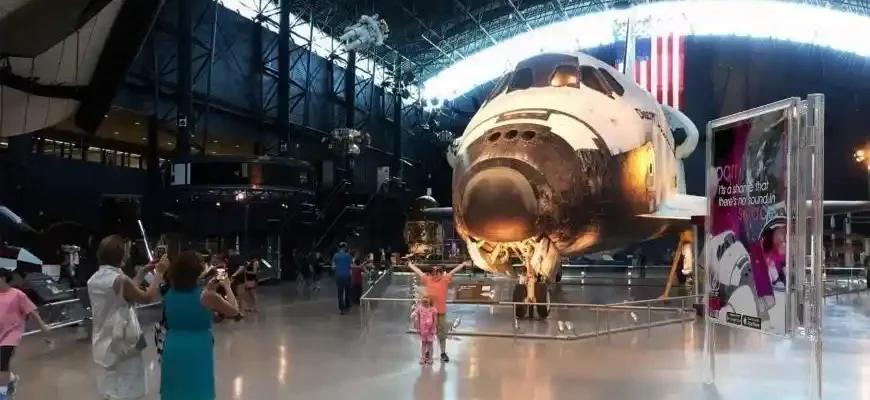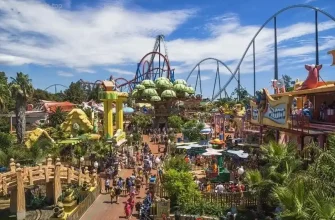The Smithsonian National Air and Space Museum in Washington, D.C., is a must-see for anyone fascinated by flight, space exploration, and the incredible stories behind aviation history. As one of the most popular museums in the United States, it combines cutting-edge exhibits with iconic historical artifacts, making it an educational and awe-inspiring experience for visitors of all ages. Whether you’re a history buff, a space enthusiast, or simply someone looking for an engaging family outing, this museum has something for everyone.
1. What Makes the Smithsonian National Air and Space Museum Special?
The National Air and Space Museum is home to some of the most iconic artifacts in aviation and space exploration history. Its collection spans over two million objects, including aviation prototypes, spacecraft, rare documents, and instruments that have defined humanity’s quest to fly and explore space. Here are some key highlights:
- The Wright Brothers’ 1903 Wright Flyer: The very first successful powered airplane, which made its historic flight at Kitty Hawk, North Carolina, in December 1903.
- Lunar Module “LM-2”: A model used in the Apollo missions, one of the museum’s most prized pieces, which helped bring astronauts to the Moon in 1969.
- Charles Lindbergh’s “Spirit of St. Louis”: The aircraft that made the first nonstop solo transatlantic flight in 1927, a significant achievement in aviation history.
- Apollo 11 Command Module “Columbia”: The spacecraft that carried astronauts Neil Armstrong, Buzz Aldrin, and Michael Collins to the Moon.
- A collection of historic spacecraft and satellites: Including the Gemini spacecraft and early Soviet space probes, these exhibits highlight the global race to space during the mid-20th century.
The museum is not just about objects on display; it offers an immersive experience through interactive exhibits, such as flight simulators and a 3D IMAX theater that brings space to life.
2. Visitor Tips & Practical Information
Best Time to Visit:
The Smithsonian National Air and Space Museum is open year-round and is one of the most visited museums in Washington, D.C. To avoid crowds, visit early in the morning or later in the afternoon. Weekdays are less crowded than weekends, particularly outside the summer months.
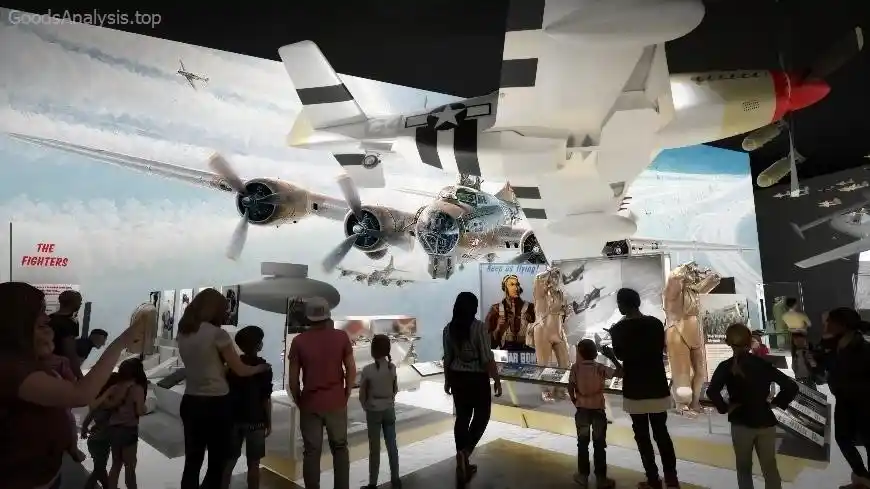
Opening Hours:
The museum is typically open every day of the week, from 10:00 AM to 5:30 PM, except for Christmas Day. It’s always a good idea to check the official website or contact the museum for any special closures or holiday hours.
Ticket Prices:
Admission to the museum is free, which makes it an even more attractive destination for budget-conscious travelers. Special exhibits, IMAX shows, and some programs might have an additional fee.
Accessibility:
The museum is fully accessible for visitors with disabilities. It features ramps, elevators, and accessible restrooms. Wheelchairs are available at no cost at the Information Desk. The museum’s interactive exhibits are designed to be inclusive for all ages and abilities.
Visitor Services:
The museum offers a variety of visitor services, including coat check, free Wi-Fi, a gift shop, and restaurants. The Air and Space Museum is also a part of the Smithsonian Institution, which provides a wealth of resources on its website, from event schedules to online exhibitions.
3. History and Cultural Significance
The National Air and Space Museum opened its doors to the public in 1976, making it one of the most recent of the Smithsonian museums. However, its history goes back much further, as its predecessor, the National Air Museum, was established in 1946 by the Smithsonian Institution.
The museum’s founding was rooted in the Smithsonian’s long-standing interest in air and space history. In 1947, a year after the museum was created, it became the permanent home to a remarkable collection of aviation and space artifacts. It played a pivotal role in the cultural transformation of the 20th century, where the rapid advancement of aviation and space exploration defined new frontiers in human achievement. From the advent of powered flight to the space race and beyond, the museum’s exhibits trace the evolution of technology and highlight humanity’s ability to conquer seemingly impossible challenges.
The Smithsonian National Air and Space Museum is also a center for educational programs, preserving not only the artifacts but also the stories that helped shape modern science, technology, and global cooperation in space exploration.
4. What to Expect When You Visit
The museum’s layout is designed to offer an engaging and educational experience for all visitors. Upon entering, you’ll find yourself in the Milestones of Flight Hall, where you can marvel at the Wright Flyer and other key aircraft and spacecraft. As you explore further, you’ll be led into thematic areas such as:
- Aviation History: This section spans the early days of flight, World War I and II, and the rapid advances of the 20th century. The exhibitions display not only aircraft but the people and ideas that revolutionized aviation.
- Space Exploration: From the first satellites and Sputnik to the incredible Apollo program, this area takes you through the breathtaking journey of space exploration. One of the highlights is the display of a Lunar Module, offering an up-close look at how humans traveled to the Moon.
- Science and Technology: Featuring the engineering marvels behind flight, this section dives into the cutting-edge technology that enables modern aviation and space travel.
- Interactive Displays: Don’t miss out on the museum’s interactive flight simulators. They provide a fun, hands-on experience where you can try your hand at flying an aircraft or even navigating a spacecraft.
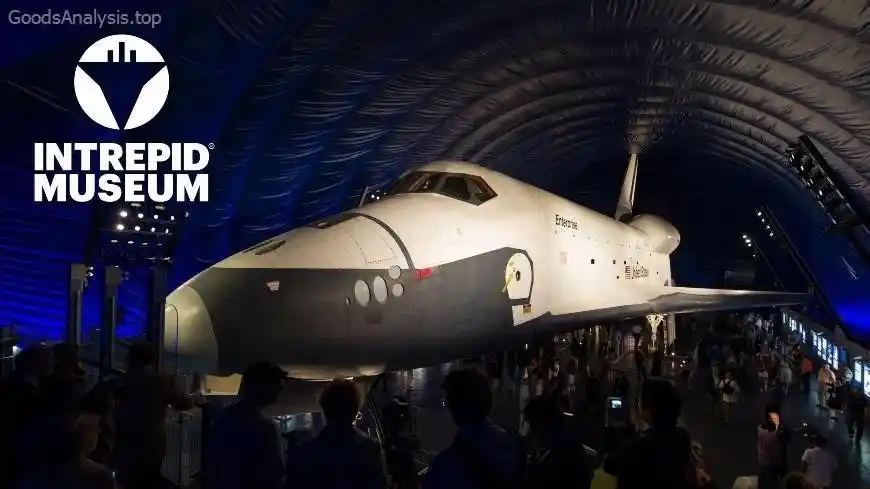
5. Nearby Attractions and Dining Options
Washington, D.C., is a city full of cultural landmarks, and the National Air and Space Museum is ideally located to explore several other attractions nearby:
- National Mall: The museum is situated on the National Mall, surrounded by many of D.C.’s most famous monuments and museums, including the Washington Monument, Lincoln Memorial, and the National Museum of American History.
- United States Capitol: A short walk from the museum, the Capitol Building is a must-see for anyone interested in American politics and history.
- National Gallery of Art: For art enthusiasts, the National Gallery is just a short walk away and offers an impressive collection of European and American art.
Dining Options:
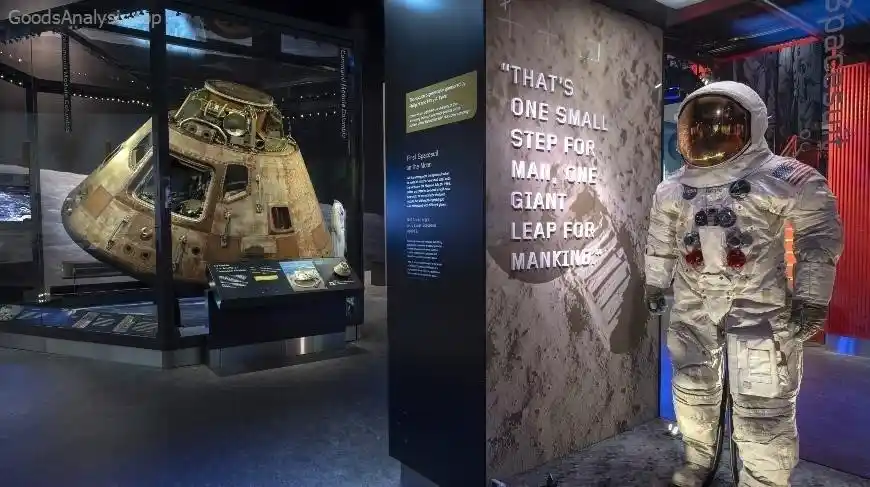
The museum itself has a café offering a variety of light meals, snacks, and beverages, but if you’re in the mood for something more substantial, there are plenty of dining options around the National Mall, including:
- The Hamilton: A popular American restaurant offering everything from salads to hearty entrees, located just a few blocks from the museum.
- Old Ebbitt Grill: An iconic D.C. spot for seafood, especially oysters. It’s just a short walk from the museum and provides a classic D.C. dining experience.
- Founding Farmers: A beloved spot serving American comfort food with a focus on farm-to-table freshness. It’s about a 10-minute walk from the museum.
6. Family-Friendly and Group Travel Tips
The Smithsonian National Air and Space Museum is incredibly family-friendly. Here are some tips to ensure a smooth visit:
- Interactive Exhibits: Kids can enjoy hands-on exhibits like the flight simulators, interactive touchscreen displays, and the Chance to “build” their own airplane in the aerospace workshop.
- Space Themed Play Area: Younger children will love the museum’s educational play areas, which allow them to imagine themselves as astronauts or pilots.
- Group Visits: For larger groups, including school tours, the museum offers group rates and special educational programs. Be sure to book these in advance through the museum’s group services.
7. Instagrammable Moments and Photo Opportunities
If you’re looking for Instagram-worthy moments, the Smithsonian National Air and Space Museum delivers in spades:
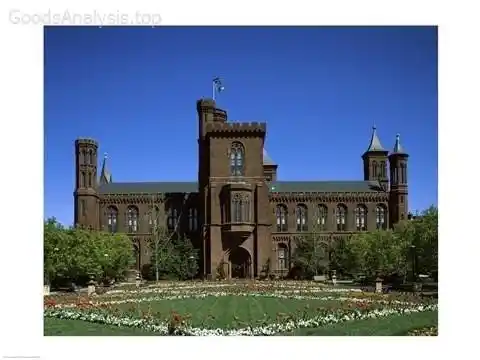
- Wright Flyer: Capturing the first powered flight in history against the backdrop of the museum’s soaring architecture.
- Lunar Module: A rare opportunity to photograph a replica of the iconic spacecraft that helped humanity land on the Moon.
- Apollo 11 Capsule: Snap a photo standing next to the Apollo 11 Command Module, a piece of history that was integral to the Moon landing.
- Aerial Views of the Museum: The expansive space inside the museum offers a dramatic perspective for wide-angle shots, especially in the Milestones of Flight Hall.
8. Travel Tips and Transportation
Getting There:
The Smithsonian National Air and Space Museum is conveniently located on the National Mall, which is easily accessible by public transportation, walking, or biking.
- Metro: The Smithsonian Metro Station (on the Orange, Silver, and Blue lines) is just a few minutes’ walk from the museum. It’s a fast and easy way to get around D.C.
- Bus: Several D.C. Metrobus lines pass near the museum. Check the local routes for the most convenient options.
- Walking: If you’re staying within the downtown area, many of D.C.’s attractions are within walking distance of the museum.
9. Safety and Etiquette Tips
- Respect the Exhibits: Always follow museum guidelines, especially around delicate artifacts. Flash photography is not allowed in some areas to protect the items.
- Stay Hydrated: The museum can get crowded, especially during peak hours, so take breaks and stay hydrated. There are water fountains throughout the building.
- Keep Your Belongings Secure: As with any popular tourist destination, it’s important to keep an eye on your belongings.

